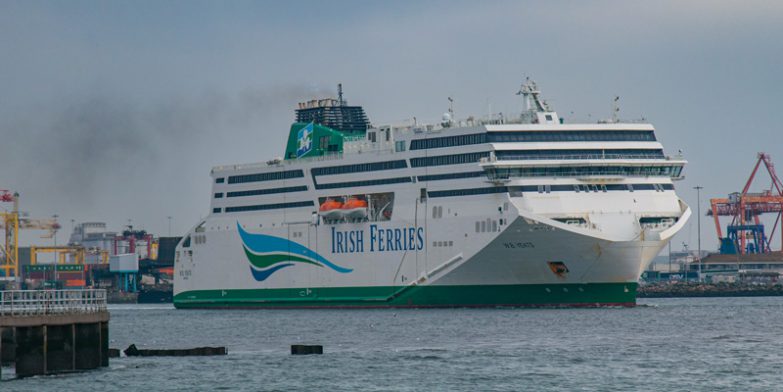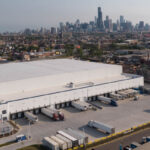
The Dublin-Holyhead trade route, a primary channel for commerce between Ireland and the UK, is on the brink of transformation, with a groundbreaking project to decarbonise one of the busiest roll-on/roll-off (RoRo) routes in Europe.
With nearly 6,000 annual sailings and over 74% of ferry passenger movements between the two countries traveling through this route, the initiative promises to revolutionise maritime sustainability while enhancing operational efficiency.
The Green Corridor initiative represents a collaborative effort among ports, ferry operators, academic institutions, and environmental consultancies, including Irish Ferries, Stena Line, and EDF. By leveraging the expertise of these stakeholders and the support of the Irish and UK governments, the project seeks to assess the feasibility of alternative fuels and the associated infrastructure requirements.
Benefits for Shippers
The initiative is poised to deliver significant benefits to shippers, addressing both operational challenges and sustainability goals.
1. Enhanced Efficiency and Reduced Costs
One of the primary objectives of the Green Corridor is to develop a business case for alternative fuels and assess their techno-economic viability. By reducing reliance on fossil fuels and improving vessel fuel efficiency, shippers can expect lower operational costs in the long term. Hybrid and alternative fuel-powered vessels are expected to minimise fuel price volatility, providing greater financial predictability for businesses dependent on maritime transport.
2. Sustainability and Compliance
With the maritime sector facing increasing regulatory pressure to decarbonise, the Green Corridor offers shippers a pathway to align with evolving international and domestic sustainability requirements. By investing in low-carbon solutions, shippers can enhance their environmental credentials and demonstrate a commitment to reducing their carbon footprint, a factor increasingly valued by customers and stakeholders.
3. Infrastructure Advancements
The project includes a detailed review of port modifications required to support alternative fuel storage and bunkering. Improved infrastructure at Dublin and Holyhead ports will ensure smoother transitions for shippers adopting sustainable practices.
4. Future-proofing Logistics Operations
The feasibility study will examine whether to retrofit existing vessels or invest in new builds optimised for alternative fuels. This ensures that shippers using the corridor have access to cutting-edge, reliable shipping solutions. Regular engagement with regulatory bodies ensures that any innovations comply with international standards, reducing potential disruptions for shippers.
Charting a Greener Future
With its initial six-month feasibility study underway, the initiative promises actionable insights into the costs, benefits, and pathways for implementing low-carbon shipping solutions. By investing in this green trade artery, stakeholders aim to create a replicable model for decarbonisation across global shipping routes.
Strategically located in Cork and between Dublin’s port and airport, Global Forwarding provide sea, road and air freight and customs clearance, servicing the nation’s capital and the counties of Waterford, Cork, Kerry, Limerick, Clare and Tipperary.
The Irish team support the exports of major pharmaceutical, manufacturers and food companies, handling fresh, chilled and frozen foodstuffs.
EMAIL William Bashford, Managing Director, Global Forwarding Ireland.





